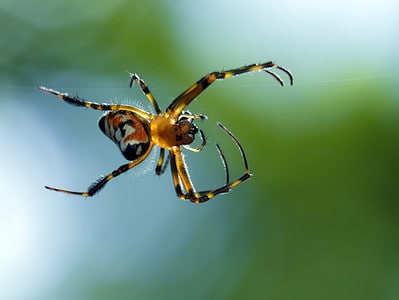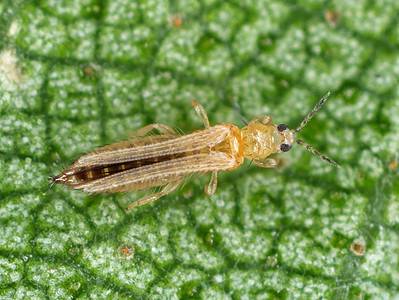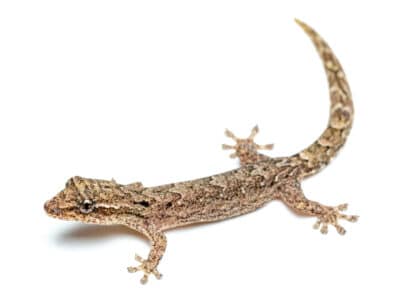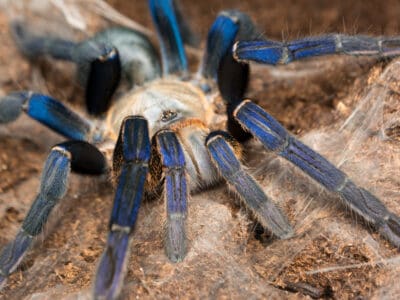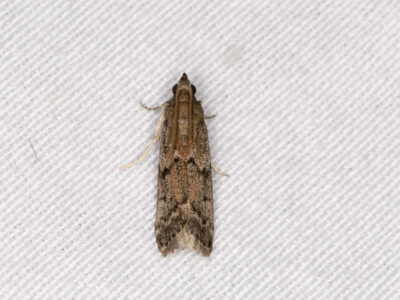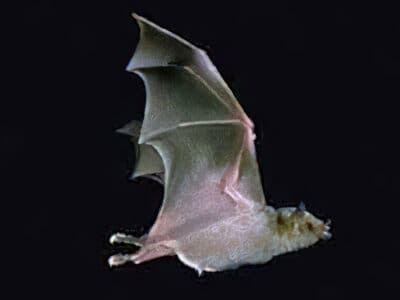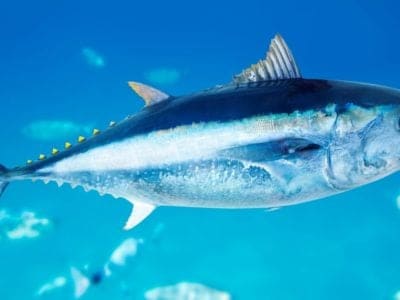Redhump Eartheater
Geophagus steindachneri
The redhump eartheater are very passive fish and do well in aquariums with non-cichlid species
Advertisement
Redhump Eartheater Scientific Classification
- Kingdom
- Animalia
- Phylum
- Chordata
- Class
- Actinopterygii
- Order
- Cichliformes
- Family
- Cichlidae
- Genus
- Geophagus
- Scientific Name
- Geophagus steindachneri
Read our Complete Guide to Classification of Animals.
Redhump Eartheater Conservation Status
Redhump Eartheater Facts
- Prey
- Small invertebrates and fish
- Name Of Young
- Fry
- Group Behavior
- Group
- Fun Fact
- The redhump eartheater are very passive fish and do well in aquariums with non-cichlid species
- Biggest Threat
- Habitat pollution
- Incubation Period
- 2 days
- Age Of Independence
- 7 days
- Average Spawn Size
- 100 eggs
- Diet
- Omnivore
- Number Of Species
- 1701
- Location
- South America
Redhump Eartheater Physical Characteristics
- Color
- Green
- Cream
- Orange
- Skin Type
- Scales
- Age of Sexual Maturity
- 7 months
View all of the Redhump Eartheater images!
The redhump eartheater species (Geophagus steindachneri) is a fish that eats the substrate or earth in the bottoms of aquariums. Their name, Geophagus, means earth eater. They find food by engulfing mouthfuls of gravel and sand and sifting through it to find food.
The leftover substrate is evacuated through the gills or mouth. Some species dig through gravel, creating pits for hiding or spawning, while others just inhale the substrate found on the top layer of the riverbed.
Three Amazing Redhump Eartheater Facts!
- These fish are omnivores which feed on detritus found under substrate and small invertebrates
- Males measure around 5 inches in length, while females are smaller and only grow to about 4 inches long.
- They get a lot of sand in their gills after sifting through the substrate for food. However, gravel can cause a lot of damage as it can make them choke.
Redhump Eartheater Scientific Name
Redhump eartheater’s scientific name is Geophagus steindachneri, and they belong to the order Cichliformes. This order consists of ray-finned fishes, with around 1702 species and 23 genera split between two families.
Members of this order have sexual reproduction and include groups like:
- Cichlids
- Tilapias
- Convict blennies
Redhump eartheaters belong to the family Cichlidae, whose members stand out for their extraordinary vertebrate evolution.
They are a fascinating family because of their complex ecological interactions and fast evolution. In addition, they exhibit some of the most unique and involved parenting. These fish also have several mating systems, which include polygynandry and monogamy.
Redhump Eartheater Appearance
The redhump eartheater has a turned-down mouth with a triangular-shaped head. They can reach lengths of around 10 inches in the wild. However, in captivity, they don’t grow as big.
Male redhump eartheaters’ average length is between 5 to 6 inches, and females measure about 4 inches.
They are a cream to orange color with metallic blue or green flecks. These flecks are mainly on the back half of their bodies and extend to their caudal peduncle.
Male and female redhump eartheaters differ slightly in appearance; males have metallic green spotting on their backs once they mature, and develop a red hump on their heads, hence the name redhump eartheater. In addition, the have orange spots on the corners of their mouths.
Females barely have any green on their backs and don’t have orange patches on the corners of their mouths.
One feature they share with a few saltwater fish like parrotfish and wrasses is well-developed teeth located In their throats, along with a regular set in their mouths.
In addition, they have spikey rays on their dorsal, anal, pelvic, and pectoral fins that help deter predators.
Their average size is 9 inches in length; however, they can reach 9.8 inches in the wild and 6 inches in an aquarium.
Redhump Eartheater Behavior
The redhump eartheater are very passive fish and do well in aquariums with non-cichlid species. However, they shouldn’t be kept with non-predatory South American species under 6 inches or aggressive fish.
Their temperament is so great that they can be kept in sets of a male and two females. Surprisingly, they can even be kept with another male if the tank is larger than 125 gallons.
However, they can be aggressive towards conspecifics during spawning stages, especially if the tank doesn’t have enough hiding places.
Redhump Eartheater Habitat
Redhump eartheaters originated in South America, mainly in Colombia and Venezuela. Their habitat of preference is forested tributaries, forested streams, and certain types of backwater habitats with sandy substrate and gravel.
Sadly, many of their habitats are becoming severely polluted thanks to heavy drilling operations that leak into the water and remain unrepaired. In addition, their ecosystems are under threat from agriculture and settlements.
Redhump Eartheater Diet
These fish are omnivores, and in their natural habitats, they feed on detritus found under the substrate and eat small invertebrates. However, in captivity, they can eat a variety of food like:
- Pellets
- Flakes
- Insects
- Krill
- Shrimp
- Worms
- Crustaceans
- Small fish
In an aquarium, they need 2 to 5 pinches of food a day instead of one big meal once a day. By feeding in small quantities throughout the day, satisfies their browsing behavior and increases the water quality over a longer period of time.
Redhump Eartheater Predators and Threats
The biggest threat to the redhump eartheater is human interference. In addition, because they live in shallow waters, they are susceptible to predators like birds and other large animals.
However, their decrease in numbers is from man-made threats. Chemicals from aquaculture operations pollute waters and are lethal to the redhump eartheater.
In addition, they are also victims of fishing expeditions, even though they are not usually the target. But fishermen don’t always throw them back because of their bright and beautiful coloring.
Redhump Eartheater Reproduction, Babies, and Lifespan
Redhump eartheaters are sexually mature at 7 months of age. They breed well in captivity and are substrate spawners and mouth brooders. Males court females by laying close the substrate, flaring their fins, and extending their mouths and lower jaws, while shaking.
In addition, they dig small pits in the gravel where the female deposits her eggs. After the eggs are deposited, the female scoops them up in her mouth and rubs them against the male’s ventral fin to fertilize them. This whole process takes around 60 minutes. Females can lay about 100 yellow eggs at once.
After fertilization, the female keeps the eggs, and the males leave. The eggs hatch within two days and are independent a week later. The offspring are called fry; in captivity, they can be fed finely crushed artemia or flakes.
Lifespan/Longevity
Redhump eartheaters have a long lifespan of about 10 years!
Redhump Eartheater Population
Unfortunately, there are no records on the population size of the redhump eartheater.
Up Next
View all 114 animals that start with RRedhump Eartheater FAQs (Frequently Asked Questions)
How big do geophagus Steindachneri get?
Their average size is 9 inches in length; however, they can reach 9.8Their average size is 9 inches in length; however, they can reach 9.8 inches in the wild and 6 inches in an aquarium. inches in the wild and 6 inches in an aquarium.
How big do earth eaters get?
Their average size is 9 inches in length; however, they can reach 9.8 inches in the wild and 6 inches in an aquarium.
Is geophagus territorial?
They are generally passive fish but can get aggressive and territorial during mating season.
How do you preserve geophagus?
In an aquarium, they need 2 to 5 pinches of food a day instead of one big meal once a day. By feeding in small quantities throughout the day, satisfies their browsing behavior and increases the water quality over a longer period of time.
Thank you for reading! Have some feedback for us? Contact the AZ Animals editorial team.
Sources
- Fish Keeping Folks, Available here: https://fishkeepingfolks.com/geophagus-steindachneri/#Geophagus_steindachneri_lifespan
- Seriously Fishy, Available here: https://www.seriouslyfish.com/species/geophagus-steindachneri/
- Fish Keeper, Available here: https://www.fishkeeper.co.uk/help-and-advice/freshwater/cichlids/redhump-eartheater
- Animal World, Available here: https://animal-world.com/encyclo/fresh/cichlid/RedhumpEartheater.php#Social%20Behaviors
- Wikipedia, Available here: https://en.wikipedia.org/wiki/Redhump_eartheater








